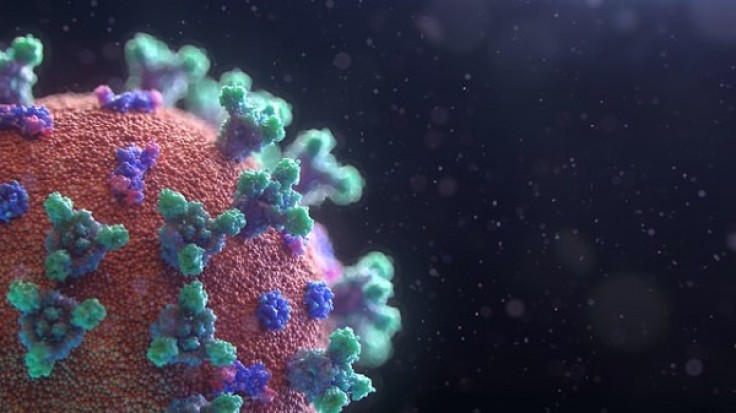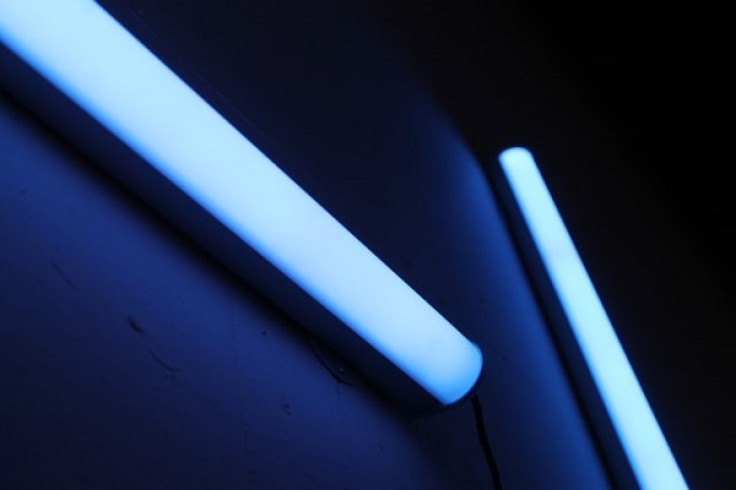Coronavirus cases have not yet stopped increasing. People are still afraid of getting infected. People are unsure of whether they would get well from the virus. They are also terrified of bringing the virus home, causing family members to be ill.
Prevent rather than treat the coronavirus
People have not found cures and vaccines against coronavirus yet. What they need right now are preventive measures. Such measures include disinfection aids for self-protection from getting infected.

The World Health Organization (WHO) has imposed the wearing of face masks. This measure is to prevent the further spread of the coronavirus. They advised people to maintain a one-meter distance from each other. It is also wise to cover the mouth and nose when sneezing or coughing.
WHO also advised people to use at least 70 percent alcohol to clean surfaces. The same must be used to wash hands if washing with soap and water is not available.
Ultraviolet LED has been used to disinfect
UV LED is another useful means to disinfect doorknobs, household items, and surfaces. Ultraviolet LED light could kill germs and viruses. Laboratories, hospitals, and other places use ultraviolet light to clean surfaces, PPE, floors, etc.
Researchers are trying to develop UV LED lights that could kill coronavirus found on surfaces, air, and water. If successful, they can help stop the virus from spreading and, in time, remove it from the world.

UV LED kills coronavirus
In early April, Solid State Lighting & Energy Electronics Center (SSLEEC) used UV LED products. SSLEEC is a Seoul Semiconductor company member. They found that the product sterilized 99.9 percent of the coronavirus in 30 seconds. People also used it to sterilize the interior of cars.
People can get UVA and UVB from the sun; however, UVC is the ultraviolet light of choice to kill microbes and purify air and water. Human-made processes generate UVC. With a range of 260 to 285 nm, the UVC is harmful to humans. When using UVC to kill surface germs, no human should be present, a materials doctoral researcher, Christian Zollner, said.
The WHO also noted that even brief exposure of UVC light could damage the eyes and cause burns. That said, people should not use UV lamps to sanitize hands or areas of the skin.
Cheaper Ultraviolet-C LED
A study used a different method for fabricating UVC LEDs. The team used a film of semiconductor alloy aluminum gallium nitride (AlGaN) on a silicon carbide (SiC) substrate. Zollner said that this is a more efficient and cost-effective growth of a high-quality UVC semiconductor material.
He also said that using silicon carbide is better than sapphire. It can produce a high-quality product but is much cheaper and without the added methods, unlike sapphire. He also said that a cheaper UV LED could sanitize the public, personal, retail, and medical spaces.
The team's next steps are to improve its platform to produce the most efficient UVC light emitters.